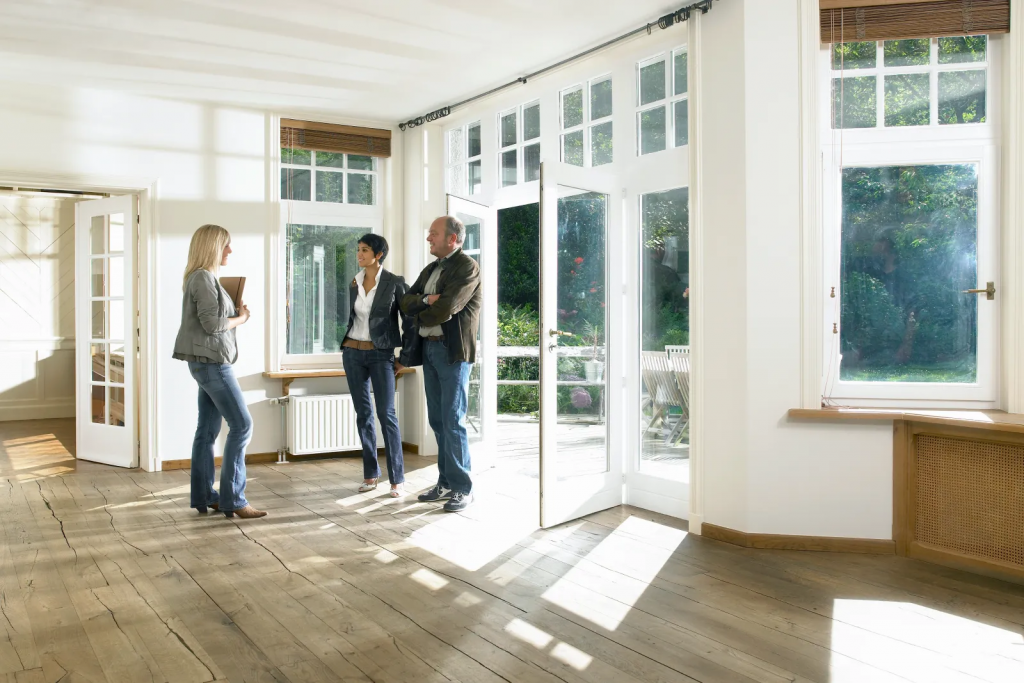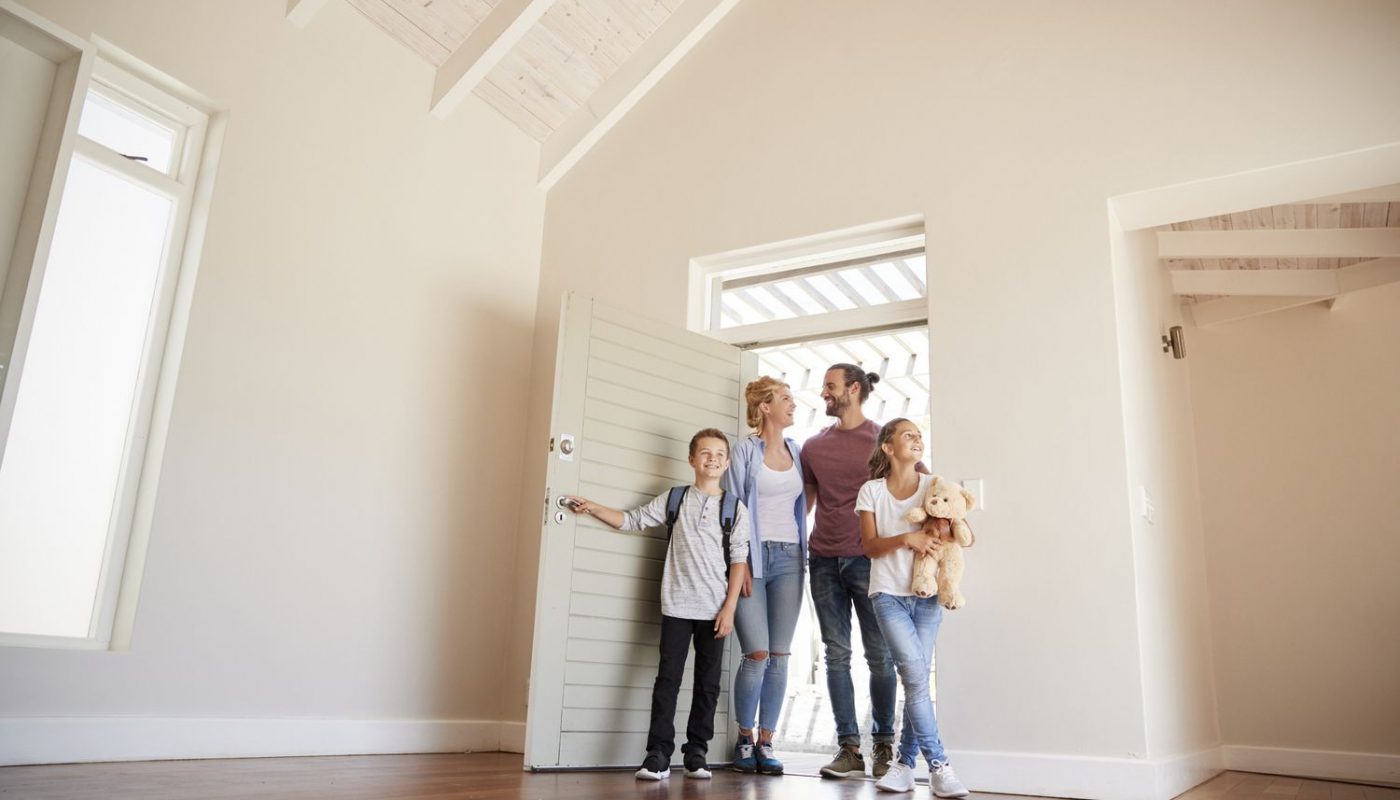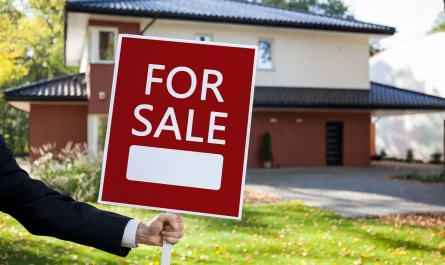Selling a home is a major undertaking that involves numerous decisions, and one of the most critical is how to showcase the property to potential buyers. In today’s real estate market, two primary strategies dominate the landscape: open houses and private showings. Each approach offers distinct benefits and challenges, and understanding these differences is crucial for homeowners looking to sell their property quickly and at the best possible price.
Whether you’re looking to cast a wide net to attract as many buyers as possible, or prefer a more focused, personalized approach, choosing the right method can have a significant impact on the outcome of your sale. This guide explores the advantages and limitations of both open houses and private showings, providing sellers with the insights they need to make an informed decision based on their unique situation.
Understanding Open Houses

An Open House is a scheduled event where a property is available for public viewing. Typically held on weekends, these events allow multiple prospective buyers to tour the home without prior appointments. The primary objective is to generate interest and attract a broad audience, including both serious buyers and casual browsers.
Advantages of Open Houses:
- Increased Exposure: Open houses can attract a significant number of visitors, maximizing the property’s visibility in a short period. This surge in foot traffic can create a sense of urgency among buyers, especially in competitive markets.
- Convenience for Sellers: Hosting an open house consolidates multiple showings into a single event, reducing the need for frequent preparations and disruptions to daily life.
- Immediate Feedback: Sellers and agents can gather real-time reactions from attendees, providing valuable insights into the property’s appeal and areas for improvement.
Challenges of Open Houses:
- Unqualified Visitors: Not all attendees are serious buyers. Open houses often attract curious neighbors or individuals not actively seeking to purchase, which can dilute the quality of leads.
- Security Concerns: Allowing unrestricted access to the home increases the risk of theft or property damage. Valuable items should be secured or removed during the event.
- Limited Personalization: With multiple visitors present, agents may find it challenging to provide individualized attention or address specific buyer questions in depth.
Exploring Private Showings
A Private Showing involves scheduling a one-on-one appointment between a potential buyer and the seller or their agent. This personalized approach allows buyers to explore the property at their own pace, ask detailed questions, and envision themselves living in the space.
Advantages of Private Showings:
- Targeted Engagement: Private showings typically attract serious, pre-qualified buyers, increasing the likelihood of receiving a viable offer.
- Personalized Experience: Buyers receive undivided attention, enabling agents to highlight the property’s unique features and address specific concerns.
- Enhanced Security: Controlled access reduces the risk of theft or damage, as visitors are vetted and accompanied during the tour.
Challenges of Private Showings:
- Scheduling Logistics: Coordinating individual appointments can be time-consuming and may require sellers to vacate the property frequently.
- Continuous Upkeep: The home must be maintained in show-ready condition for each appointment, which can be demanding over extended periods.
- Limited Exposure: Relying solely on private showings may reduce the property’s visibility, potentially prolonging the sale process.
Strategic Considerations for Sellers
Choosing between open houses and private showings depends on various factors, including the property’s characteristics, market conditions, and the seller’s objectives.
When to Opt for Open Houses:
- New Listings: Introducing a property to the market with an open house can generate initial buzz and attract a wide audience.
- High-Traffic Areas: Homes located in neighborhoods with significant foot traffic may benefit from the increased visibility open houses provide.
- Time Constraints: Sellers seeking a swift sale might leverage open houses to expedite the process by reaching multiple buyers simultaneously.
When to Prefer Private Showings:
- Luxury Properties: High-end homes often require a more personalized approach to highlight exclusive features and cater to discerning buyers.
- Privacy Concerns: Sellers uncomfortable with hosting large groups or concerned about security may find private showings more suitable.
- Unique Properties: Homes with distinctive layouts or features may benefit from individualized tours that allow for detailed explanations and discussions.
In many cases, a hybrid strategy that incorporates both open houses and private showings can be the most effective. Hosting an initial open house can generate widespread interest, while subsequent private showings can provide serious buyers with the opportunity for a more in-depth exploration. This dual approach maximizes exposure while ensuring personalized engagement with qualified prospects.
Sure! Here’s a more detailed and expanded version of the information you provided:
Open Houses: Benefits and Limitations
Open houses provide a strategic opportunity for sellers to showcase their property to multiple potential buyers simultaneously, without the need for individual appointments. This format significantly increases the visibility of the home in the marketplace and can generate a sense of urgency among interested parties especially in competitive or fast-moving housing markets.
According to the National Association of REALTORS® (NAR), nearly half 49% of buyers between the ages of 25 and 44 reported utilizing open houses as a tool during their home-buying journey. In addition, a striking 92% of buyers found open houses to be at least somewhat beneficial, demonstrating their relevance and appeal in the modern real estate landscape.
However, data also reveals that open houses are not typically the first step in the home search process. In fact, only about 2% of buyers initially visited an open house when beginning to explore the market. Furthermore, just 7% of all buyers ultimately found the home they purchased through open houses or yard signs, suggesting that while open houses may help generate interest, they rarely lead directly to a sale.
From a logistical standpoint, open houses help streamline the showing process by consolidating viewings into a set window of time. This approach minimizes disruptions to the seller’s daily life, as it eliminates the need to prepare the home for repeated one-off appointments. Nevertheless, there are certain drawbacks to consider. Open houses often attract individuals who are not serious buyers such as curious neighbors, casual browsers, or others who may not be financially qualified. Additionally, hosting an open house increases the risk of theft or damage, as large numbers of strangers enter the home at once.
Private Showings: Benefits and Limitations

Private showings involve scheduled, one-on-one appointments between prospective buyers and real estate agents, offering a more tailored and intimate experience. These showings provide an ideal setting for serious buyers to thoroughly evaluate the property, ask detailed questions, and imagine themselves living in the space all without the distractions of a crowded open house environment.
According to industry experts like Commission Express, private showings are particularly beneficial because they tend to attract buyers who are already pre-approved for a mortgage or are otherwise financially qualified. These buyers are often further along in the decision-making process and may be more inclined to submit an offer. Furthermore, private showings add a layer of security for the homeowner, as agents typically vet prospective buyers in advance, thereby minimizing the risk of theft or other issues associated with unsupervised visitors.
However, coordinating private showings can pose challenges for sellers. Scheduling multiple visits around the needs of interested parties can be time-consuming and often requires the homeowner to maintain the property in show-ready condition for an extended period. This can disrupt daily routines and create additional stress, especially for families with children or pets.
Private showings may also fail to capture interest from casual browsers who are not yet ready to engage formally but could eventually become serious buyers. However, in high-end and luxury markets, private showings are often seen as essential. These exclusive, personalized experiences cater to affluent buyers who value privacy, discretion, and the opportunity to view a property in-depth without interruption.
Conclusion
Selling a home is a significant decision, and the strategy a seller chooses for showcasing their property plays a key role in the success of the sale. Both open houses and private showings have their own unique advantages and challenges, and understanding these can help sellers make informed choices based on their specific needs and circumstances.
Open houses provide a great opportunity for broad exposure, attracting a diverse range of potential buyers in a short period. They can create a sense of urgency, especially in competitive markets, and offer the convenience of consolidating multiple showings into one event. However, open houses also attract unqualified visitors, such as curious neighbors or window shoppers, and present security risks due to the large number of people entering the home at once. These drawbacks can dilute the quality of leads and increase the chances of property damage.
On the other hand, private showings offer a more personalized approach, attracting serious, pre-qualified buyers. This targeted engagement allows agents to provide in-depth tours, address buyer concerns, and highlight the property’s unique features. Additionally, private showings offer greater security since only vetted visitors are allowed in the home. However, they do require more time and effort for scheduling, and keeping the home in show-ready condition for multiple private appointments can be demanding on sellers.
The most effective strategy often involves a combination of both methods. An open house can serve as an initial event to generate broad interest, while private showings can follow to provide serious buyers with a more focused and detailed tour. By leveraging both approaches, sellers can maximize the exposure of their property, increase the likelihood of attracting qualified buyers, and ultimately ensure a smoother and faster sale.



